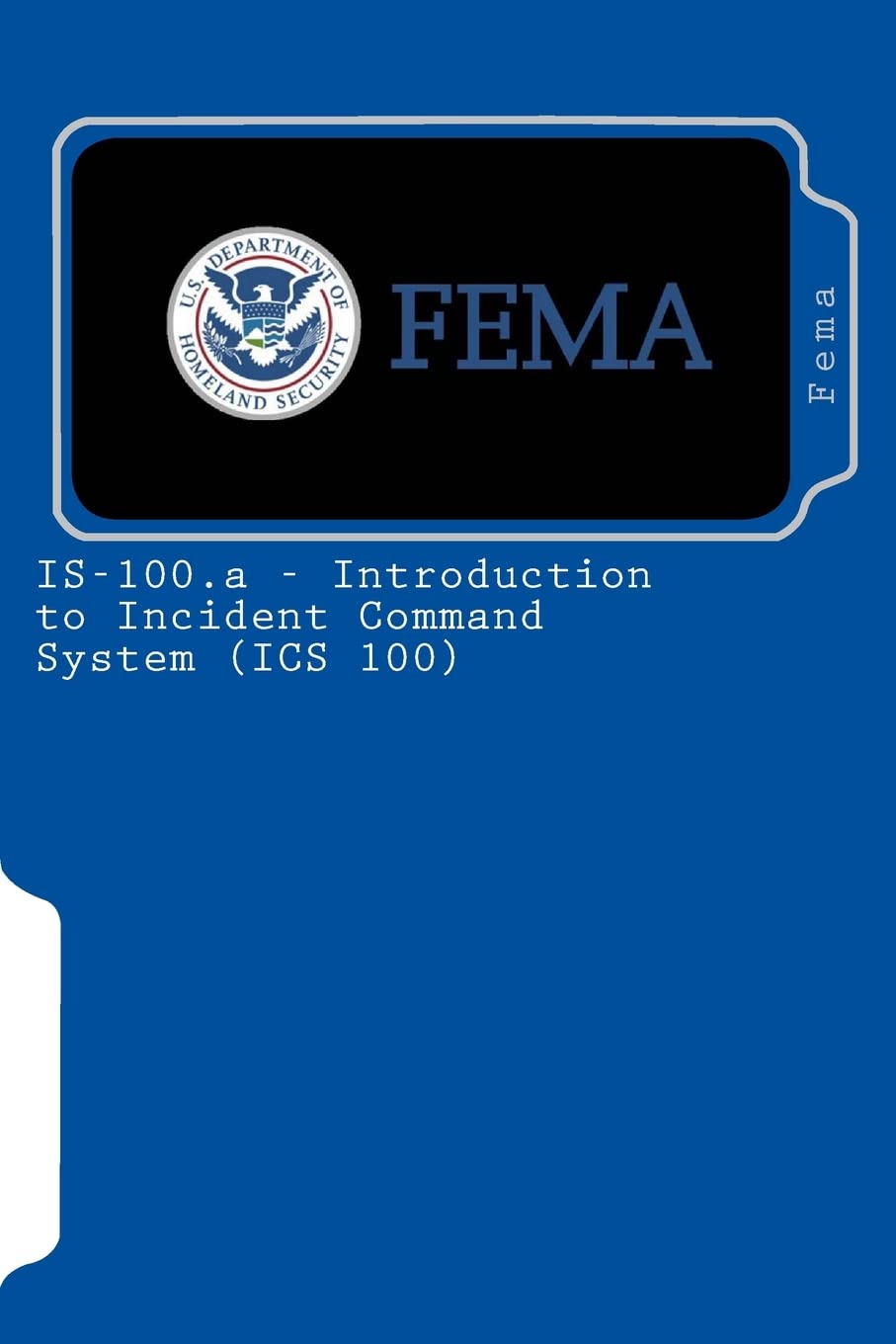
Introduction to FEMA
The Federal Emergency Management Agency (FEMA) plays a vital role in disaster management in the United States. Established in 1979, FEMA has been instrumental in coordinating response efforts during national emergencies and providing resources for recovery. As climate change intensifies natural disasters, understanding FEMA’s operations and initiatives becomes increasingly relevant for communities across North America.
Recent Developments and Initiatives
In recent months, FEMA has been actively responding to a series of high-profile disasters, including hurricanes, wildfires, and flooding. For instance, in September 2023, FEMA allocated more than $1 billion in funds for relief efforts for victims of Hurricane Idalia that struck Florida and other southeastern states. This funding aims to assist with immediate needs like housing, food, and medical care, demonstrating FEMA’s role in not just recovery, but also in providing immediate relief during crises.
Additionally, FEMA is advancing its initiatives for community preparedness by launching programs aimed at educating the public about emergency preparedness. The agency has introduced the “Ready” campaign, which encourages individuals and families to develop emergency plans and gather supplies to withstand disasters. As a proactive measure, FEMA aims to bolster community resilience against inevitable future emergencies.
Community Resilience and Future Challenges
One of FEMA’s current focuses is enhancing community resilience. The agency has begun partnerships with local governments to assess vulnerabilities in infrastructure and deliver tailored training to emergency responders based on specific local challenges. In 2023, FEMA’s new initiative aims to engage with indigenous communities to better understand and respond to their unique needs during disasters.
However, as we look to the future, FEMA faces significant challenges, including the increasing frequency and severity of extreme weather events attributed to climate change. A recent report from the National Oceanic and Atmospheric Administration (NOAA) indicated that the United States experienced a record-breaking number of natural disasters in 2023 alone. This trend raises questions about FEMA’s capacity to respond effectively to multiple simultaneous disasters and its ability to secure necessary funding amid competing national priorities.
Conclusion
As climate patterns change and natural disasters become more common, the role of FEMA will only become more essential in safeguarding lives and property in the United States. Continuous improvements in community preparedness, intervention strategies, and resilience initiatives will be crucial to navigating the challenges ahead. For residents across the country, staying informed about FEMA’s resources and recommendations could prove vital in the face of future emergencies.



